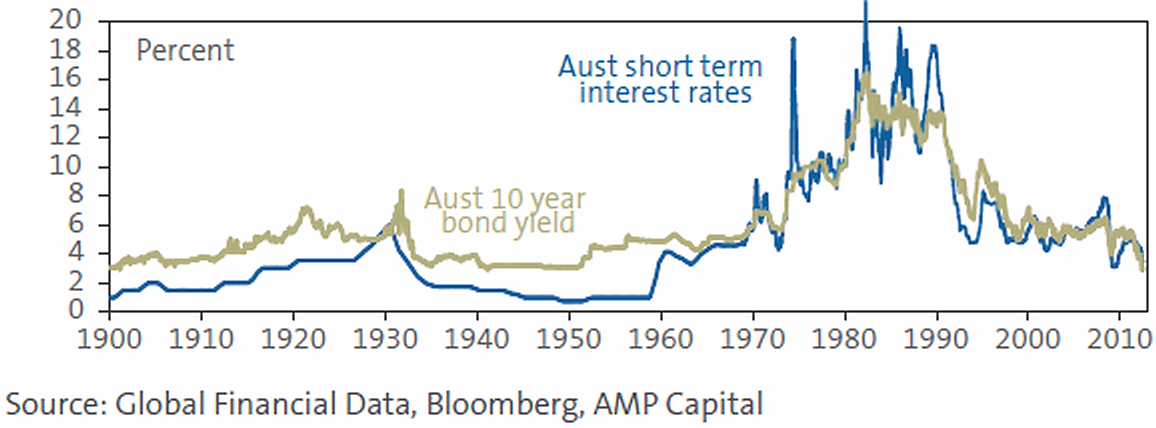Cash Rate or Cash Rate Target or Overnight Money Market Interest Rate or Overnight Cash Rate or Wholesale Cost Of Funds means the RBA's Official Cash Rate which is the interest rate on overnight loans by the RBA to commercial banks, or between banks, in the money market.
It was:
Below is an extract from: RBA Cash Rate Target
"Monetary policy decisions involve setting a target for the cash rate. A media release is issued at 2.30 pm after each Reserve Bank Board meeting, with any change in the cash rate target taking effect the following day. (Prior to Dec 2007, media releases were issued only when the cash rate target was changed.) See About Monetary Policy for more details.
The cash rate is the interest rate on unsecured overnight loans between banks. It is the (near) risk-free benchmark rate (RFR) for the Australian dollar and is also know by the acronym AONIA in financial markets.
See Cash Rate Methodology for more details on how the cash rate is determined,
Expert Judgement for more details on fall back procedures when there are insufficient cash market transactions, and
Statistical Table F1 for the history of the cash rate.
The cash rate target graph and table below display interactive information. You can show data according to the sample periods and the direction of change in the cash rate target by selecting from the display options."
See Chapter 5 of Grounds/Reasons for Written Questions



2. The Interbank Overnight Cash Market
http://www.loansense.com.au/historical-rates.html
http://www.britzinoz.com/historical-interest-rates-in-australia/ - Mortgage rates
https://www.abs.gov.au/websitedbs/D3310114.nsf/home/ABS+Chief+Economist+-+70+Years+of+Inflation+in+Australia - 70 Years of Inflation in Australia
Australian Economic Statistics 1949-1950 to 1996-1997 Occasional Paper No. 8
Historical Data https://www.rba.gov.au/statistics/historical-data.html
